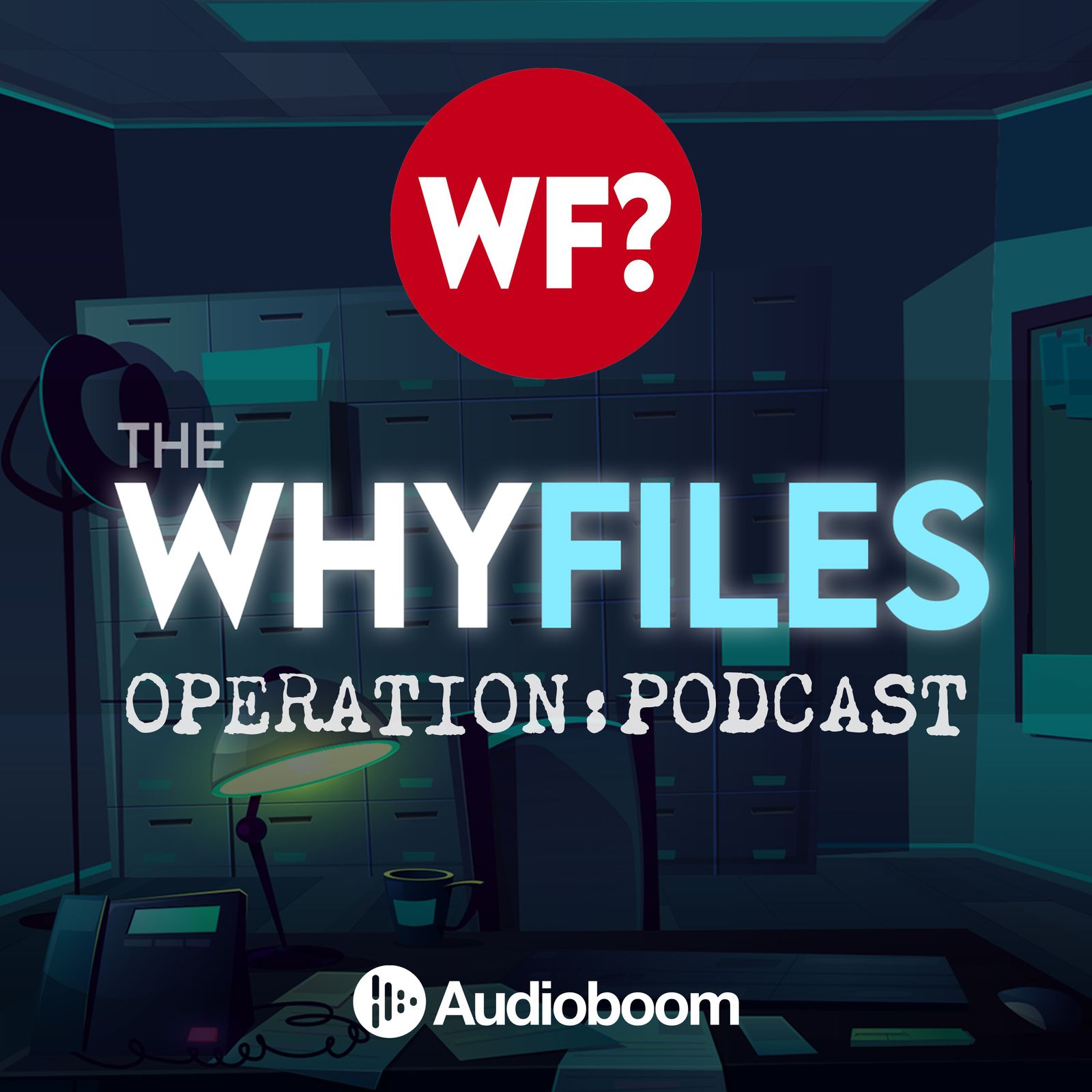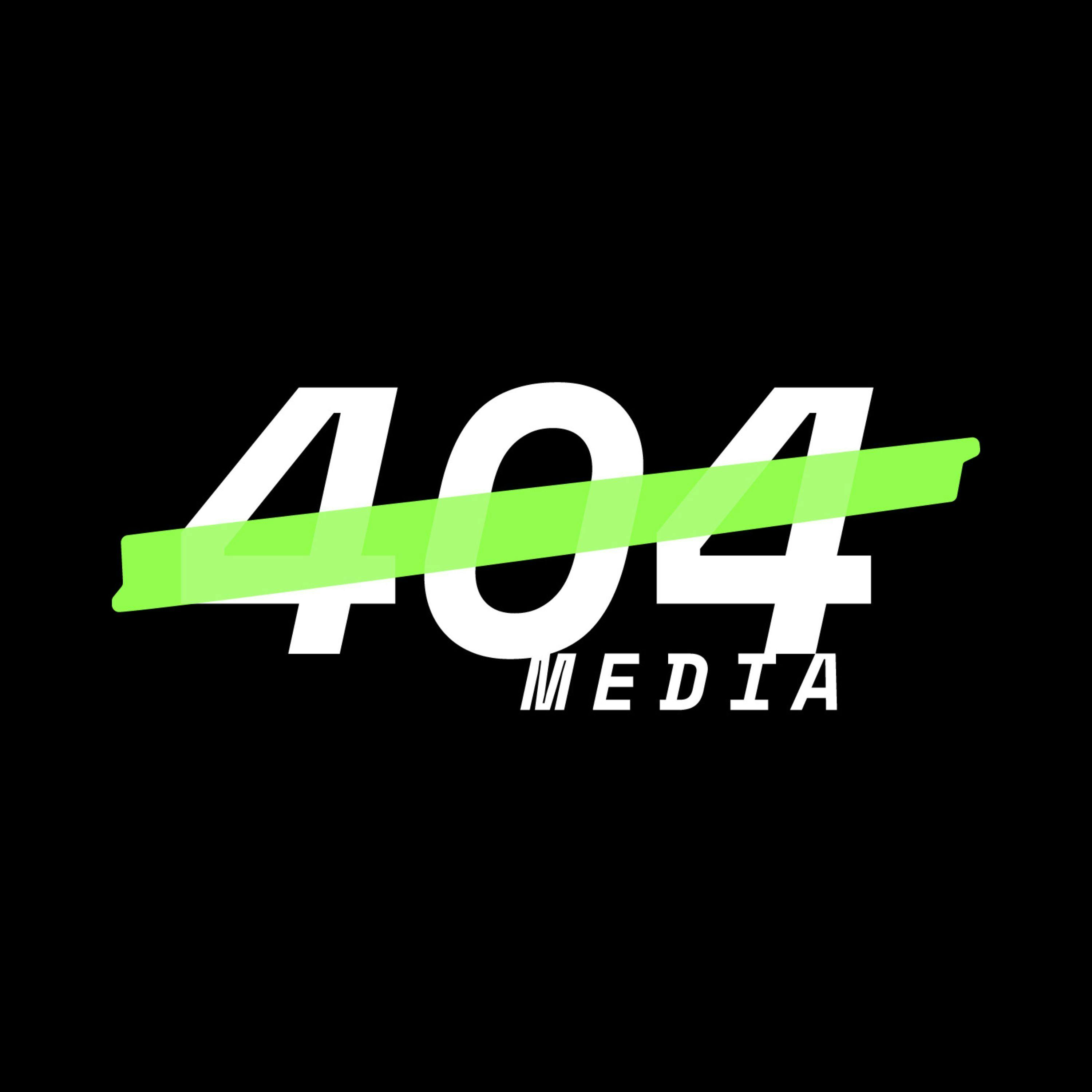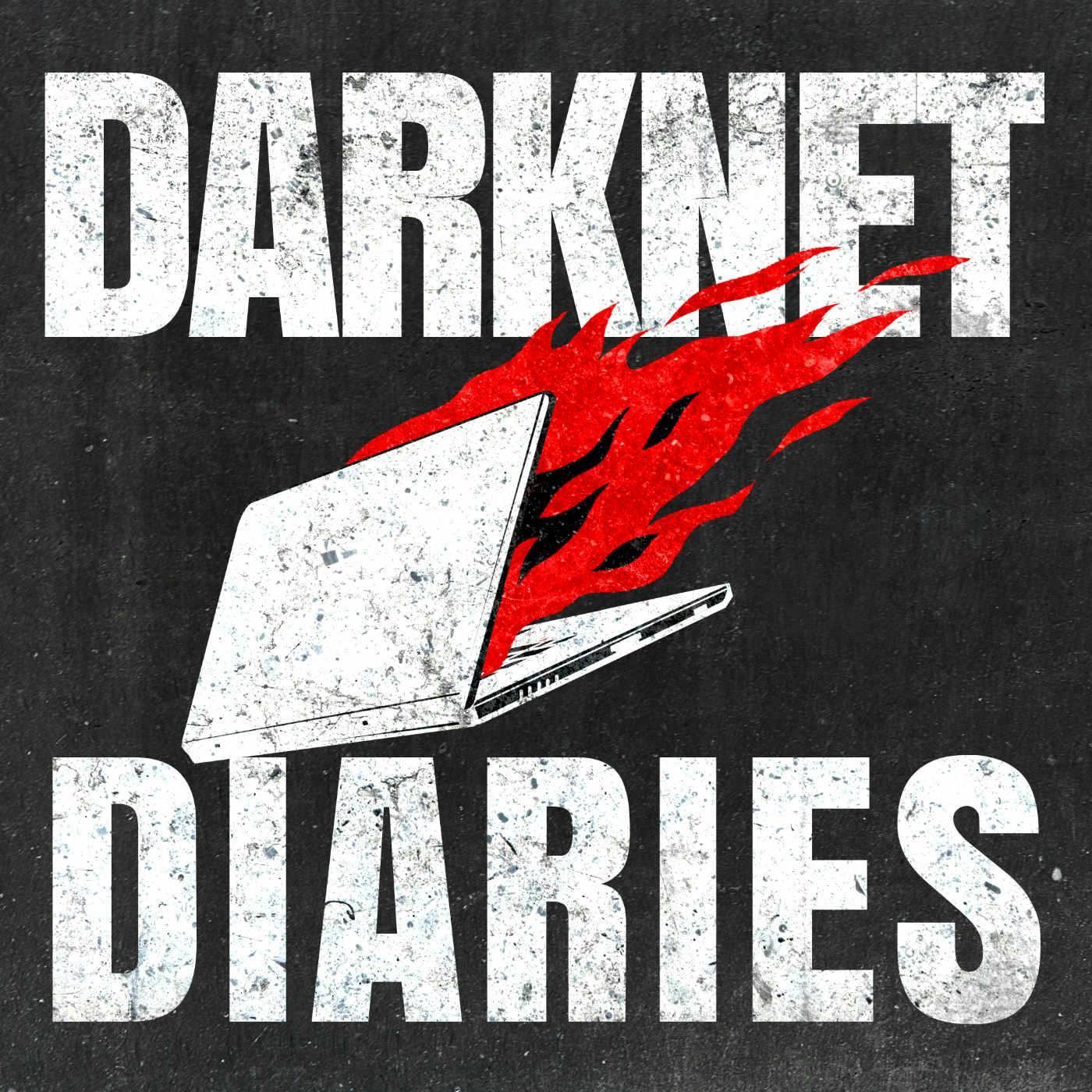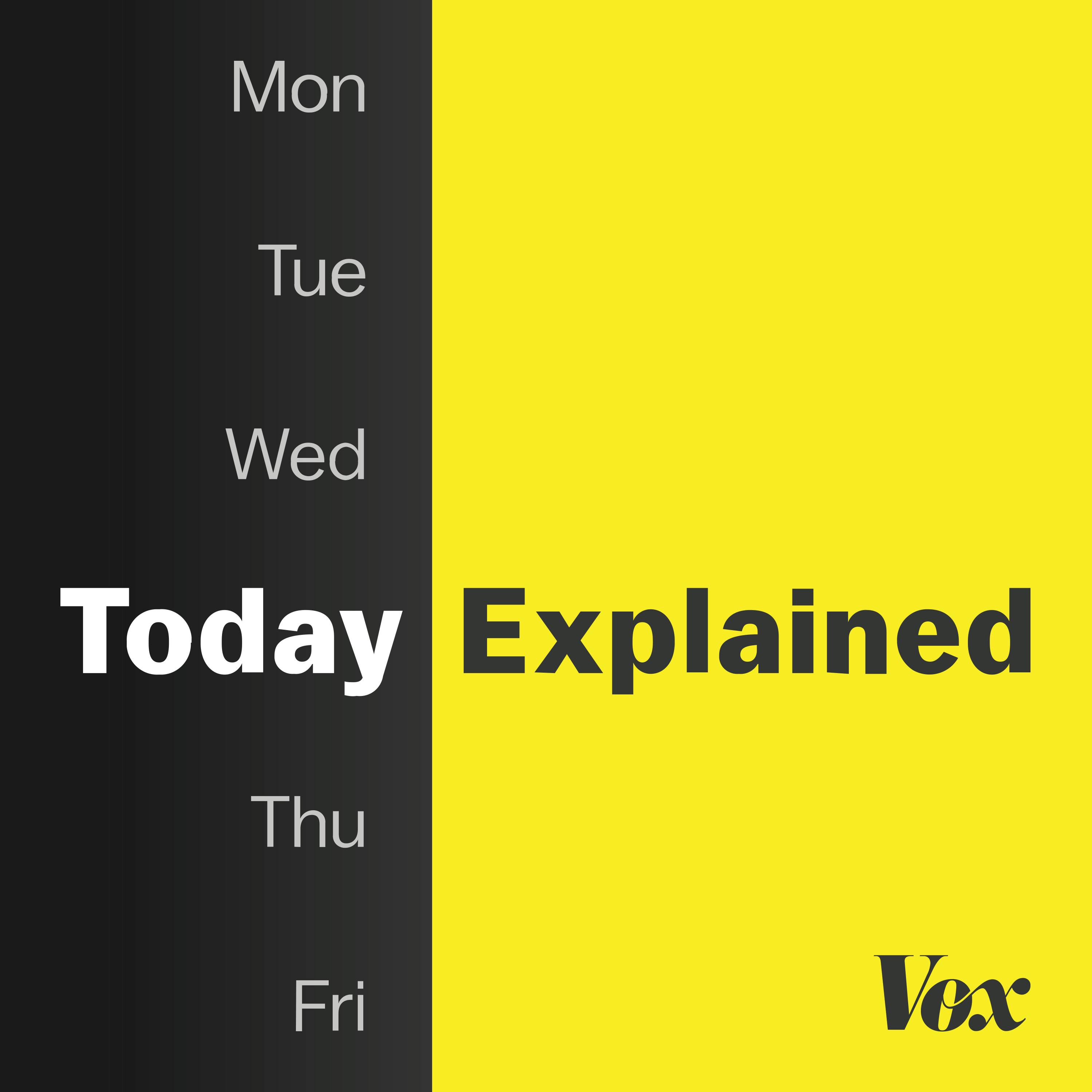
Fully Modulated
From RF chains to IP workflows, from dead air disasters to seamless automation—Fully Modulated dives deep into the world of broadcast engineering. Whether you’re patching signals or planning playout, this is your behind-the-scenes pass to the tech that keeps us on-air.
Fully Modulated
Public Access TV: When Everyone Had a Voice, Not Just a Channel
Remember that strange, wonderful world of public access television? The place where church basement punk bands shared airtime with city council meetings and that one person in your town who had strong opinions about fluoride?
I'm Tyler Woodward, and this journey through the rise and quiet disappearance of America's most radical media experiment gets personal. My career began at Tampa Bay Community Network, where I learned everything from audio mixing to live directing with nothing but curiosity and copious amounts of duct tape. Public access wasn't just some charming chaos—it was democratic infrastructure that vanished while we weren't looking.
What made these community channels revolutionary wasn't production quality, but their radical inclusivity. Unlike today's algorithm-driven platforms, public access guaranteed visibility regardless of popularity. Cable companies were required to fund these channels through franchise fees, creating thousands of PEG (Public, Educational, Government) stations nationwide. But as regulations weakened and viewership shifted, this vital media ecosystem began disappearing state by state.
The digital revolution promised better tools and global reach, but as media scholar Dan Gillmor noted, "The tools are better, but the institutions are gone." YouTube's 51 million channels might seem like the natural successor, but the fundamental difference remains: public access was a service focused on representation, YouTube is a platform optimizing for engagement. We've confused better technology with greater equity.
Did your town have a public access legend? That local character with the puppet show or conspiracy theories? Text me your memories (link in description), especially if they involved fog machines. Subscribe to Fully Modulated for more explorations of how media shapes our communities and perspectives.
Subscribe to Fully Modulated on Apple Podcasts or your favorite podcast app.
Got radio or TV engineering stories? Or just curious how the magic behind the mic and screen works? Whether you're in the biz or just a fan, let’s connect. Reach out on X or Bluesky—I'd love to hear from you!
🦈 Get 3 free months of Surfshark VPN — Protect your privacy, block ads, and browse safely anywhere. If you stick with it for 31 days, Surfshark sends a little something my way too. Win-win.
👉 https://surfshark.club/friend/LYeVgwC8
📱 Try Visible by Verizon and get $20 off your first month — Unlimited data, no contracts, and if you sign up using my link, we both get $20 off.
👉 https://www.visible.com/get/?3NPHHMS
🎙️ Start your podcast with Buzzsprout — It’s what I use to publish mine. If you sign up and upgrade to any paid plan, we both get a $20 credit. No cap on invites, so share the love.
👉 https://www.buzzsprout.com/?referrer_id=2406289
Thank you for watching. Hey, welcome back to Fully Modulated, where signal meets story and sometimes a little bit of soul. I'm Tyler Woodward, and today we're rolling back the dial to a part of broadcast history that used to be weird, wonderful and wide open. Today we're talking about public access television, this one. This one's a little personal to me, because I got my start at a public access channel in Tampa, florida. Back then it was called the Tampa Bay Community Network and it was part of Time Warner Cable and later Bright House Networks, and it was fabulous. It's where I learned to mix audio, operate a camera, run a switcher and direct a live show, sometimes all in the same hour. Now, it wasn't glamorous, but it was real. Public access gave me and a lot of others, a way into the industry that didn't require money, clout or even a resume, just some time, curiosity and a lot of duct tape. And I mean a lot of duct tape. But here's the thing Public access wasn't just some charming chaos. It was infrastructure, it was a media democracy, and it quietly vanished while we were all too busy scrolling. So let me ask you this what happened to public access, and did we lose something bigger when it faded in the static Public access.
Speaker 1:Tv was built on this radical idea that anyone who wanted to say something could have a chance to say it on tv. Thanks to fcc regulations back in the 1970s and 80s, cable providers were often required to fund and support local access channels in exchange for using public rights of way. It was kind of the social contract you can use the roads, but you got to give people a voice on your system. And man, what a voice too. You had city council meetings, cooking shows, sketch comedy, rants, sermons, punk bands in church basements, drag shows in community centers and live call-ins that ranged from brilliant to completely unhinged. Public access wasn't built for ratings. It was built for representation, for platforming people who otherwise had none. But as cable companies consolidated and regulatory pressure eased, the funding dried up.
Speaker 1:Public access didn't die in one dramatic moment. It faded out quietly, replaced by infomercials, home shopping channels and eventually YouTube. Remember that one guy in every town with a weekly show about aliens or the dangers of fluoride. Public access was the only platform where that guy and maybe a high school poetry club shared equal billing. Try finding that on Netflix Today.
Speaker 1:If you ask someone under 30 about public access, they probably have no idea what the hell you were talking about. But if you explain the idea to them they'd probably say well, isn't that just YouTube? And yeah, on the surface, youtube is kind of the new access channel. It's open to everyone, it's global and searchable. You can upload your thoughts, your music, your city council roast and maybe maybe just go viral. But here's the difference YouTube it's a platform.
Speaker 1:Public access was a service. Youtube wants engagement. Public access wanted to just be included. The goal of public access was to give a voice to the voiceless. No metrics, no metrics attached. And you didn't have to worry about algorithms. You didn't have to worry about ads or you know any of that other nonsense. You just needed a camera, a time slot and maybe a box of donuts if you got there early enough. And, unlike YouTube, public access was local. You didn't need to find a link, you just flipped the channel. You didn't need 10,000 followers, you needed a pulse and a little initiative. It was built to connect neighborhoods, not rack up views, and that's the connection. We haven't quite replaced that yet. Did your town have a public access legend? The karaoke lady, the haunted puppet show, the guy ranting with an overhead projector? Text me your memories, the link's in the episode description. Bonus points too, if anything involved the fog machine. Now let's pull the lens back a little bit.
Speaker 1:In the early 2000s there were over 3,000 PEG channels, and if you don't know what PEG means, that's public, educational and government access funded by the franchise fees from the cable companies, often about 1-5% of local gross revenue. It was a stable, if humble, model, until it wasn't. As viewership shifted and telecom lobbying ramped up, states like Indiana, florida and Michigan either gutted or removed franchise fee requirements. New contracts got signed with no mention of peg obligations. Stations started shrinking, some disappeared, some moved online with a whimper and the airtime it got sold off to paid programming. Meanwhile, youtube exploded. Over 51 million channels exist on that platform today, but only a tiny fraction, maybe 3%, breakthrough to a significant audience.
Speaker 1:Everyone can upload, sure, but not everyone can get heard, and that's the critical difference. Public access wasn't just open. It was local and it was free. It was local and it was free. There's a difference between anyone can create and everyone can get seen. Public access made room for the voices that weren't already trending. It made space for the shy, the small and the strange.
Speaker 1:Let's tap into a quote from patricia off their hide. Media scholar and one of the loudest champions of public access, who said, quote public access television was the most radical media experiment in america. It said here's the channel you make the content. It wasn't about production value, it was about access. If you had something to say, you could say it. You didn't need to be polished, you didn't have to be popular, you just had to show up. And this one from Dan Gilmore, digital media advocate, said, quote the tools are better, but the institutions are gone. Unquote. Think about that for a moment. We've got better gear, better editing software, better bandwidth, but we lost the systems that guarantee everyone has a shot. Platforms are not public squares, no matter how much Silicon Valley wants them to be. So here's the big takeaway we didn't just lose a quirky channel, we lost a public institution. And if we don't find ways to rebuild that kind of media equity in the digital world, we're going to keep confusing access with fairness.
Speaker 1:Tell me your access stories, especially if you ever worked at one, volunteered at one, or maybe hosted your own show, or maybe you've just been watching the chaos as it unfolded. Links in the episode description that's going to do it for today's episode of fully modulated from church basement punk shows to community council call-ins. Public access wasn't just a side show, it was the people's platform and for folks like me it was a launch pad into the industry. If this episode brought back some memories, or maybe just made you wish you could still tune in to channel 19 and see your neighbor's weird guitar show, do me a favor, share it with someone who remembers, or maybe someone who needs to subscribe and text me your thoughts. Links in the episode description. Until next time, stay curious, stay local and stay fully modulated.












